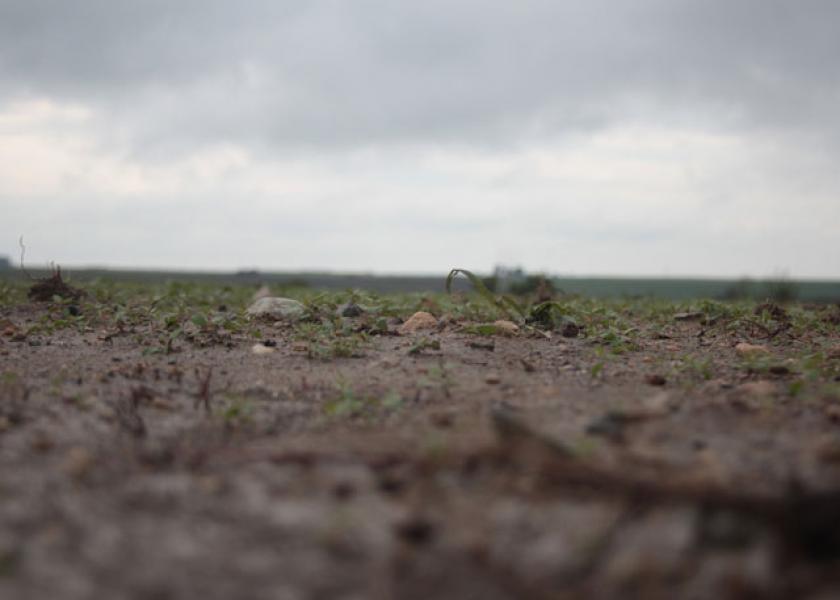How Many Prevent Plant Acres Are There?

Ahead of the June 30 USDA Acreage report, a growing number of people have questions about the 2017 crop. How many prevent plant acres are there? And how many corn and soybean acres are languishing in poor or very poor conditions?
Historically, around 1.5% of corn and 1.1% of soybean acres end up as prevented plantings, which would imply a total of 1.4 prevent plant corn acres and 968,000 prevent plant soybean acres. However, as of June 18, about 901,000 corn acres and 4 million soybean acres still haven’t gone in the ground, according to the latest available USDA Crop Progress report.
“With corn acreage mostly in the ground for 2017, and only 901,000 acres unplanted, there is no evidence that prevent planted acreage for corn will differ significantly from the historical average,” notes Farm Bureau director of market intelligence, John Newton. “[And] while the opportunity to put more crop in the ground is about to end, there is no evidence for soybean prevented plantings to be above the historical average. There are 11 states with soybean planting progress behind 2016’s pace, and soybean unplanted acreage … and many of these acres are likely to be planted in the coming week.”
Perhaps more alarming is the amount of unplanted acres added to the number of acres in poor or very poor conditions. As Newton recently points out on Twitter:
It's getting real in Illinois for #corn and #soybeans at risk 16.6 million acres in US pic.twitter.com/HazXqU7Ssk
— New10 (@New10_AgEcon) June 19, 2017
Lots of work left in #soybeans...5.4 mil #soybean acres in P-VP and 4.1 mil acres #unplanted #FarmBureau pic.twitter.com/xqpd8MIWdm
— New10 (@New10_AgEcon) June 19, 2017
Since 1996, corn (34%), soybeans (23%) and wheat (30%) make up the bulk of prevented plantings.
AgWeb will provide full coverage and analysis of the USDA Acreage report on June 30.







